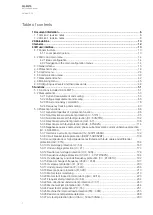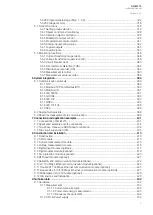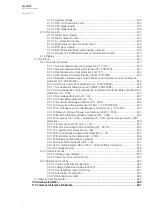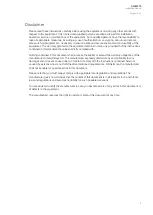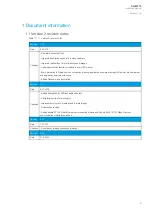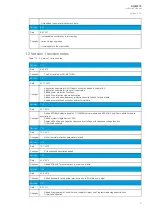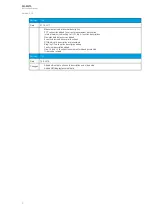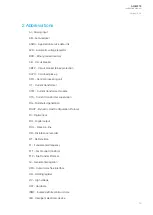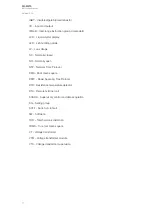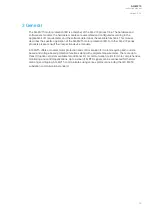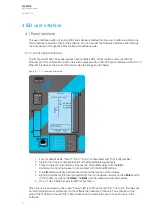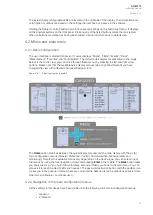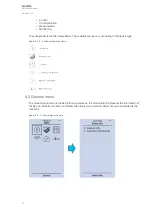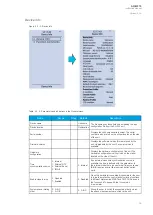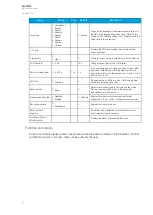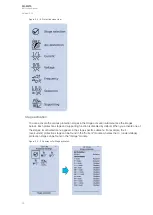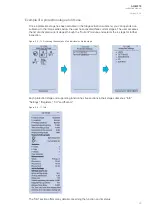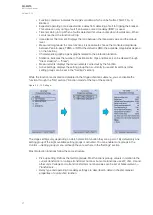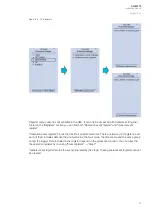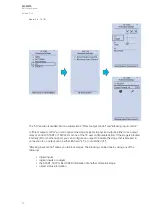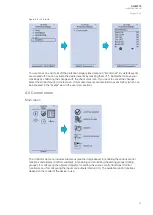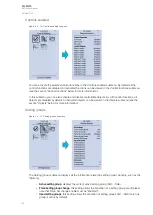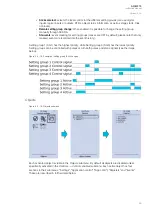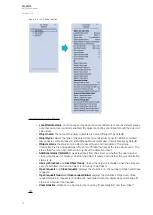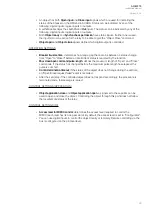
4 IED user interface
4.1 Panel structure
The user interface section of an AQ-200 series device is divided into two user interface sections: one
for the hardware and the other for the software. You can access the software interface either through
the front panel or through the AQtivate freeware software suite.
4.1.1 Local panel structure
The front panel of AQ-200 series devices have multiple LEDs, control buttons and a local RJ-45
Ethernet port for configuration. Each unit is also equipped with an RS-485 serial interface and an RJ-45
Ethernet interface on the back of the device. See the image and list below.
Figure. 4.1.1 - 1. Local panel structure.
1. Four (4) default LEDs: "Power", "Error", "Start" (configurable) and "Trip" (configurable).
2. Sixteen (16) freely configurable LEDs with programmable legend texts.
3. Three (3) object control buttons: Choose the controllable object with the Ctrl
Ctrl
button and control the breaker or other object with the II and O
O buttons.
4. The L/R
L/R button switches between the local and the remote control modes.
5. Eight (8) buttons for IED local programming: the four navigation arrows and the EEnt
nter
er button
in the middle, as well as the Home
Home, the Back
Back and the password activation buttons.
6. One (1) RJ-45 Ethernet port for IED configuration.
When the unit is powered on, the green "Power" LED is lit. When the red "Error" LED is lit, the relay has
an internal (hardware or software) error that affects the operation of the unit. The activation of the
yellow "Start" LED and the red "Trip" LED are based on the setting the user has put in place in the
software.
A
AQ
Q-M215
-M215
Instruction manual
Version: 2.04
13


